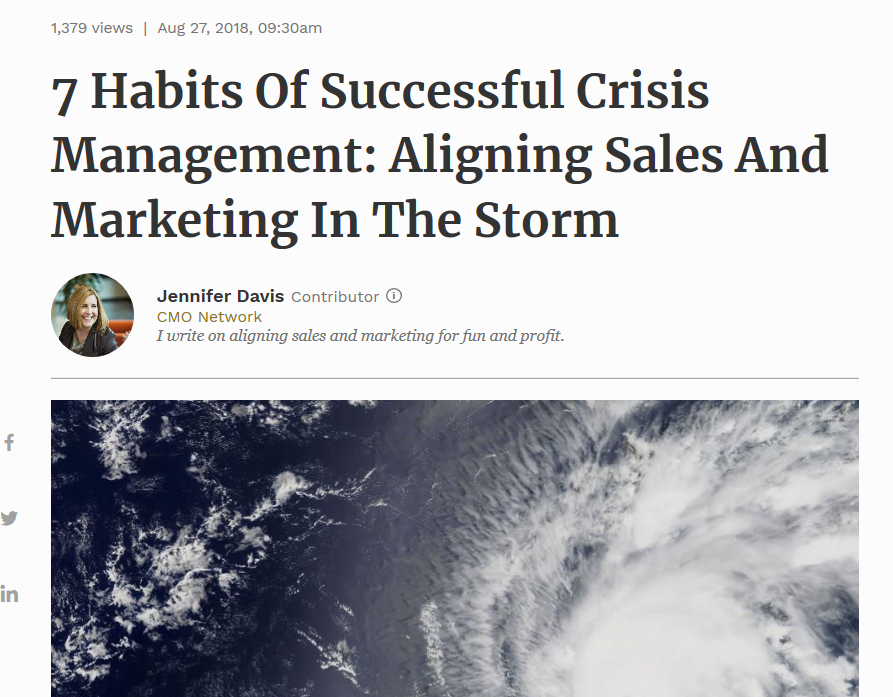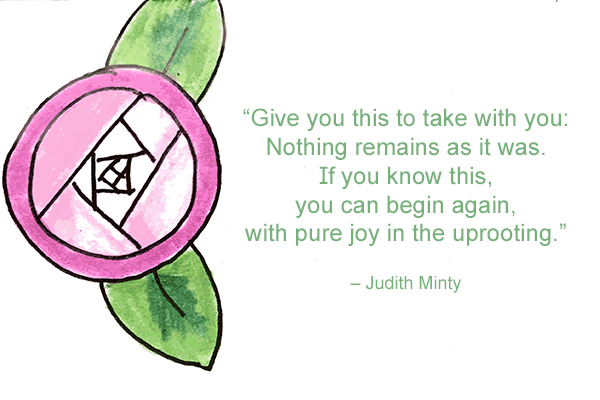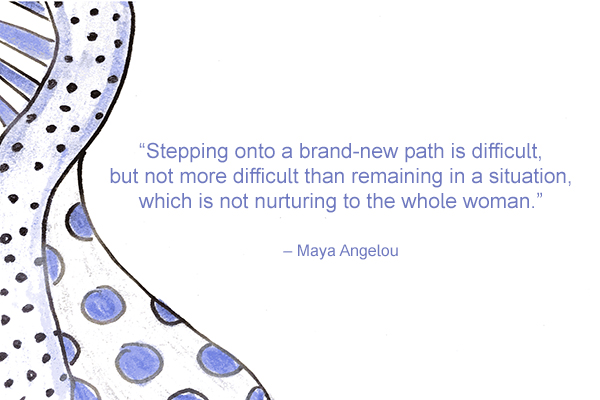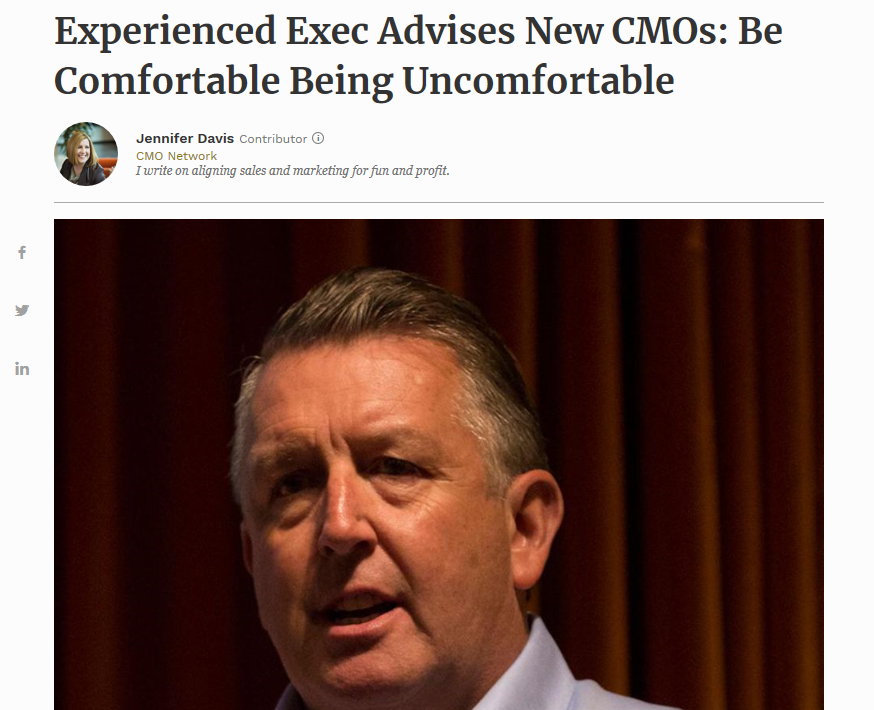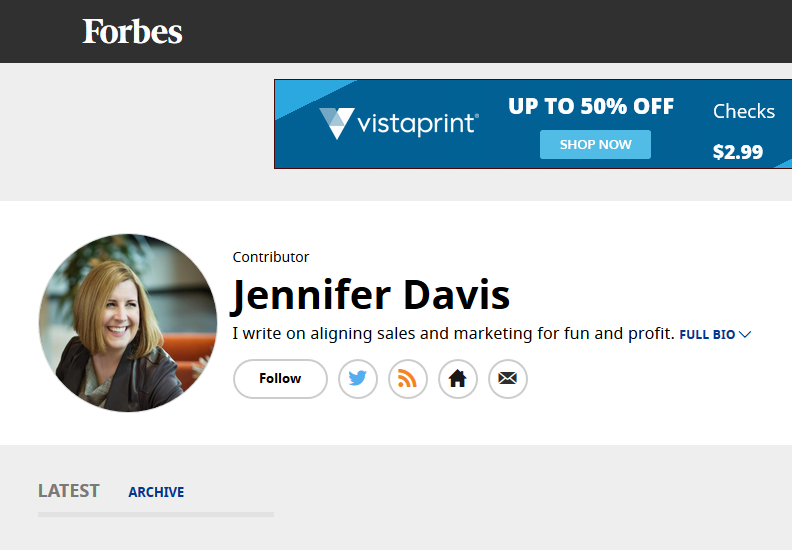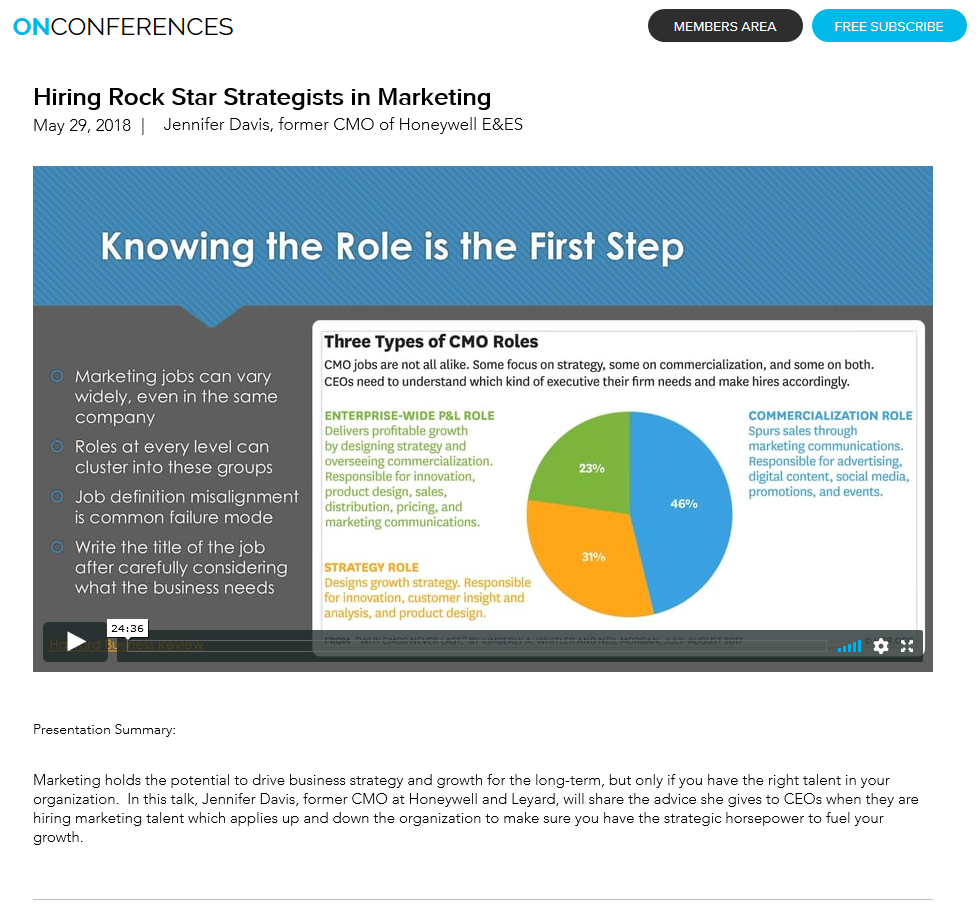Today it seems that every company is either in the midst of crisis, coming out of a crisis, or about to have one. It isn’t a matter of if. It is a matter of when and how you will respond. And crisis can put the tenuous alignment of your sales and marketing organizations to the test.
“Reputation and crisis have the potential today to define an organization, to send its community of advocates spinning, to disrupt financially its stock, its profitability, its leadership hold on the market,” says Dean Trevelino, whose professional experience spans GolinHarris, Ogilvy, and now Trevelino/Keller, a public relations, social media and brand communications firm located in Atlanta. And no company is immune. “Every month, a national brand showcases the potential impact,” he continued.
Here are 7 skills that you can build today, ahead of a crisis, to help you weather and prosper in the storm.
1. Plan Ahead
“One of the most valuable things an organization can do before a crisis strikes is to have a designated crisis team in place,” offers Anne Marie Malecha, senior vice president and partner at Dezenhall Resources, a leading high-stakes public affairs and crisis management firm in Washington DC. “The team should have a cross-functional representation of your business. It can’t be 15 people, because the group needs to make decisions and make them quickly,” she advises. “But it can’t be so small that it fails to consider your business as a whole.”
Of course, this crisis team supplements the existing practices regarding public spokesperson responsibilities. “It is critical that the culture and policies of the organization regarding who speaks to the public are in place long before there is a crisis. The ground rules need to be set early on,” Trevelino concludes.
Long before a crisis strikes, it is important to consider the goodwill you are creating in the communities you serve because often “giving back” becomes “paying it forward” in the times of trouble. Trevelino recounts a famous example from McDonald's:
"McDonald’s is a brand that invested in its communities early on. In 1992 during the Los Angeles riots, 53 people were dead, 2,500 injured, $2 billion in damage, including more than 1,200 buildings. McDonald’s restaurants were located in the heart of the destruction and not one McDonald’s was damaged. It was the one brand that people felt was an important brand in the community."
2. Recognize It When It Happens
“Crises take many forms without warning or incident. From a wayward executive to natural disasters, from criminal tragedies to nationwide product recalls,” he continues. “Sometimes they start as an incident with the potential to become an impacting crisis. Other times, they originate as a full-fledged crisis and our intent is to prevent it from becoming a disaster.”
In Dezenhall's practice, Malecha has seen the range. “Crises are often caused, or fueled, by motivated adversaries,” she asserts. “Those are companies, groups, or individuals with a position that is counter to yours. If you are a large oil company, you can bet that you will find environmental activists among your motivated adversaries. If your company is in an industry targeted by regulators, you may find motivated adversaries on Capitol Hill or in state legislatures.”
Sometimes they are expected and sometimes unexpected. “Any company finds motivated adversaries among their competitors,” she continues. Competitors in the market today with which you are familiar, or disrupters entering the industry. “If you are a grocery store chain or a business focusing on home delivery of groceries, and Amazon enters your space, that is a marketplace crisis.”
And do not forget that sometimes crisis can begin positively. “Mergers and acquisitions can be a crisis,” Malecha observes. “Depending on what side of the transaction they find themselves on and if the deal is struck between publicly traded companies, where the SEC has rules around filings and who is allowed to say what to whom and when” the communications can start to feel responsive.
3. Communicate, Early and Often
Malecha suggests that in the first few hours after a crisis, “you have to communicate. We advise clients not to overpromise in these early stages. To be empathetic to all the stakeholders, of course. But you have to communicate something."
"You can’t allow a vacuum to be created,” she continued. In today’s rapid-fire media landscape, “conventional and alternative news outlets will fill the vacuum with whatever they believe to be true or worse what fits their preconceived narrative,” she explained. And that can lead to a communications clean-up effort. “Often an initial crisis is followed by a crisis of misinformation that is flooded into the vacuum,” she said. “Sometimes the perception of a possible wrongdoing becomes the crisis,” adds Trevelino. “It becomes a reality that has to be addressed. The communications or lack thereof, around the crisis, becomes a crisis unto itself.”
“You should communicate progress, early and often,” Malecha urges. “One of the ultimate goals of crisis management is to make your crisis as unsexy and uninteresting as possible.” That is accomplished through regular updates of incremental progress and as Trevelino advises “relentlessly pursuing the facts.” You can err by under-communicating and you can error by over communicating, guessing or speculating before facts are understood and action is underway.
A Note About Social Media
“Crisis management is a containment discipline and social media is the opposite,” observes Malecha. “During a crisis, it can be difficult to combat the volume, velocity, and venom – what our firm calls the ‘fiasco vortex,’ – in today’s media landscape.” This phenomenon is explained in Dezenhall's CEO, Eric Dezenhall’s book, Glass Jaw. “Because of the sheer amount of content that can be spread, at warp speeds, with negativity and scandal prioritized over fact, organizations can find themselves in the center of the fiasco vortex in an instant.”
And social media platforms and user behaviors are also changing, especially among employees of affected brands. “No matter what level in the organization you are or no matter how old the Tweet was, people are losing their jobs, their careers, and their reputation,” Trevelino observes. “This heightened level of sensitivity of risk wasn’t there a few years ago.”
4. Align the Message and Equip the Field
A crisis is a distraction to normal operations and nowhere is it more distracting as with customers who want answers from front-line sales and service personnel.
“There is no one great solution to equip salespeople to talk to their customers about the crisis,” notes Malecha. “If they respond to their customers saying, ‘we can’t talk about it,’ that would be troublesome.” If they share too much or incomplete, or worse, inaccurate information, they make the situation worse. Here is what she suggests get prepared to keep everyone on the same page:
"You need an external message for the public.
You also need a message for customers that matter most. Usually, it is the broader public statement with some confidence-inducing talking points. There is no such thing as an internal document that stays internal, especially in a crisis.
We recommend nothing more than a page and to have it distributed through sales leads or their managers, rather than from the CEO’s office. This allows more direct escalation through trusted relationships.
The message should always be that we are providing information as we get it, in this developing situation, and that our customer relationships are important to us."
5. Listen
In an environment where you are giving updates to the market or press every few hours or seeing an unfolding situation that is likely to take months to resolve, it can be tempting to lean on one-way communications, but that can also damage trust and undermine the ongoing effectiveness of the crisis management.
“Customers must feel that there is two-way communication,” Malecha observes. “It can calm their nerves and helps inform the company about what questions are on people’s minds.” This outside perspective is useful. “What you are feeling and seeing internally, will be different than what your customers are seeing and feeling,” she continues.
This listening can take the form of face to face or phone conversations, a message hotline, email, or social media. Malecha offered this example from Southwest Airlines.
“They recently had a flight that needed to make an emergency landing after losing an engine. As pilots were in communication with air traffic control, Southwest’s sophisticated social media team was getting real-time information from passengers through social channels. A lot of corporations consider social listening an afterthought and as something non-critical, but in times of crisis, it is very important.”
No matter what tools you use, your attitude matters. “We have found you can keep the relationships intact, if there are honesty and continuity,” Malecha continues. “Customers can also be your greatest pipeline to gauge how you’re handling the crisis. If a lion’s share of your distributors are asking the same question, that’s something that should be communicated back to the crisis team to ensure the company finds an answer to.”
6. Stop What Isn’t Helping
“Companies should be ready to respond with appropriate action across the organization,” Malecha said. This often means impacting the ongoing marketing initiatives in light of the crisis. She pointedly adds “Do you stop running ads for the company when you are spilling oil into the Gulf of Mexico? Yes. Do you change the tone of your social media accounts from irreverent to respectful when your product has allegedly hurt someone? Yes.”
It is often good to shut down marketing in the midst of a crisis to be sensitive and to not waste critical resources, Trevelino observes. Like a hurricane, a "crisis can swallow up everything in its path." This can affect a brand even “when the crisis is not directed at the [client] company,” but is in the industry or market segment. “Everything in its path becomes devastated, regardless of whether they had a role.” Monitoring the situation and brand closely ensures that resources are allocated responsibly. “You can shorten the life of a crisis by not crashing your own plane,” Malecha adds.
7. Maximize Your Learning
“Good companies allow the crisis to be a catalyst for positive operational change. Poor leadership can allow the crisis to drive the company to free fall,” Malecha offers. “Some go through a crisis and try to go straight back to normal. But the best companies recognize that there is a new normal. They intend to learn from their experience and not let it repeat, with worse consequences.”
“What is the objective of the company when crisis strikes?” Malecha asks rhetorically. “To return to business as usual as fast as possible. Sure, they may have to spend money that they didn’t intend to spend with lawyers, communications firms, and investigators.” Those are the expenses that come with the crisis. But if those are treated like tuition, the learnings can be substantial.
8. Diagnose Accurately and Take Action
“Crises are often misdiagnosed,” Malecha concludes. “They almost always arise as conflicts, not communication problems.” Since the issue or topics might be playing out in the media, some leaders will identify the crisis as a communication problem and are tempted to treat it as such. But “crises are solved through operational decisions, not just PR bandages. You might have a great statement or press release, but that is not going to build back the factory that blew up or fix the quality issue that led to the product recall," she explains.
"Crisis management is a series of deliberate decisions the company makes to dampen the broader impact of what they are facing. It isn’t just communications." It is about an opportunity make the company better, strengthen relationships with the customers that matter most, improve the operations, and even solidify the alignment and positive dependencies between sales and marketing that will serve the organization well into the future.
Disclosure: I recently volunteered to conduct a workshop for McDonalds restaurant owners, sponsored by Coca-Cola I have flown Southwest Airlines and have fond childhood memories of McDonald's Happy Meals.
This article was originally published on Forbes.

